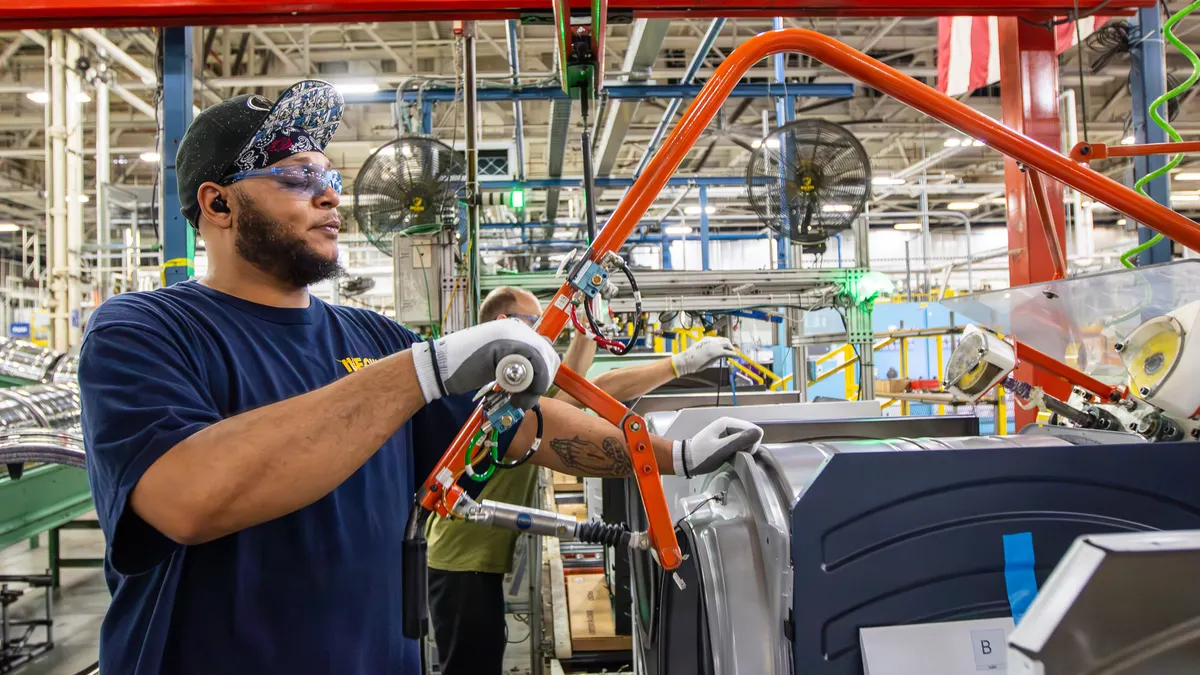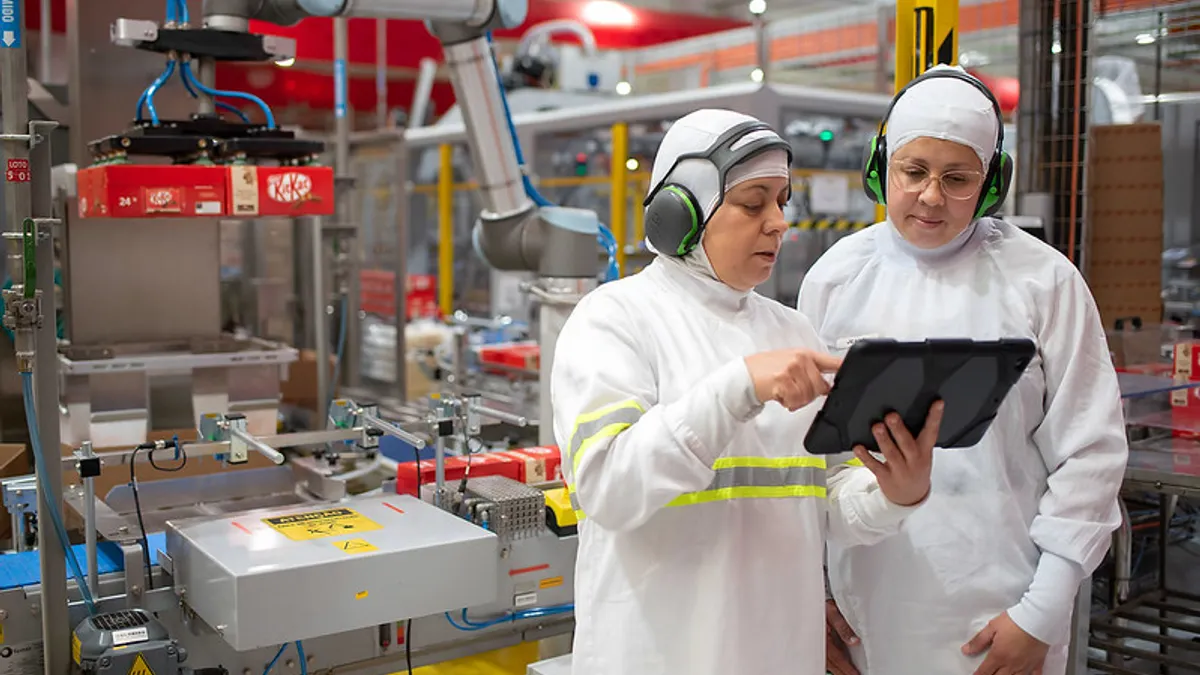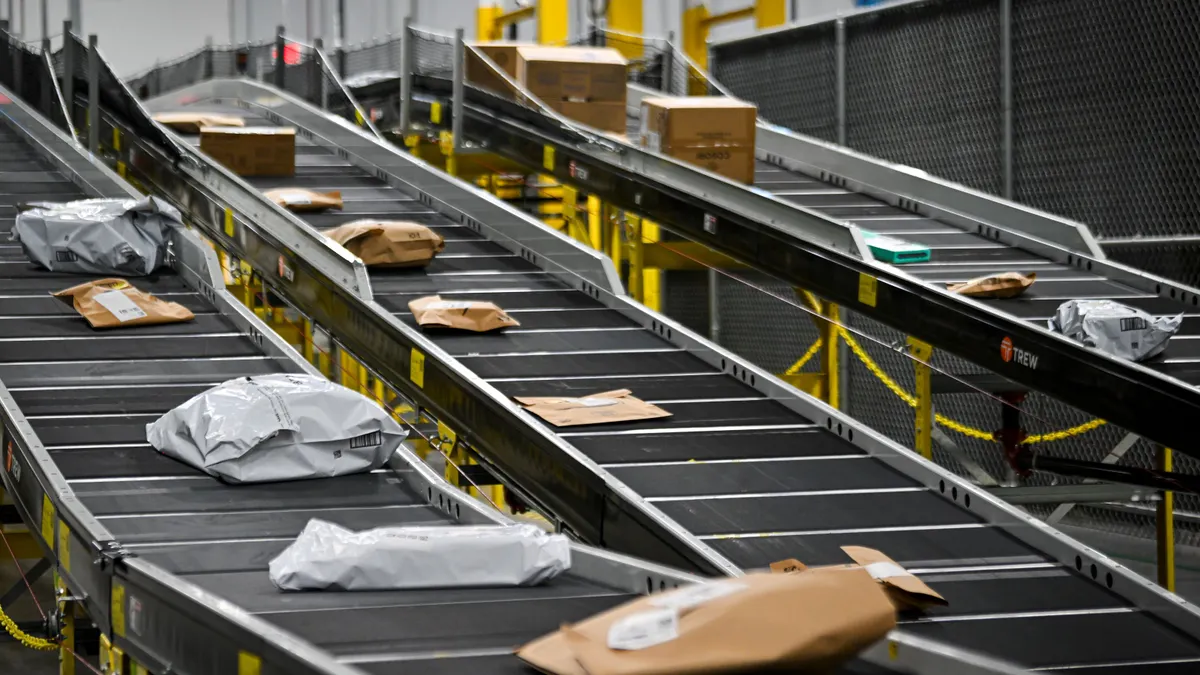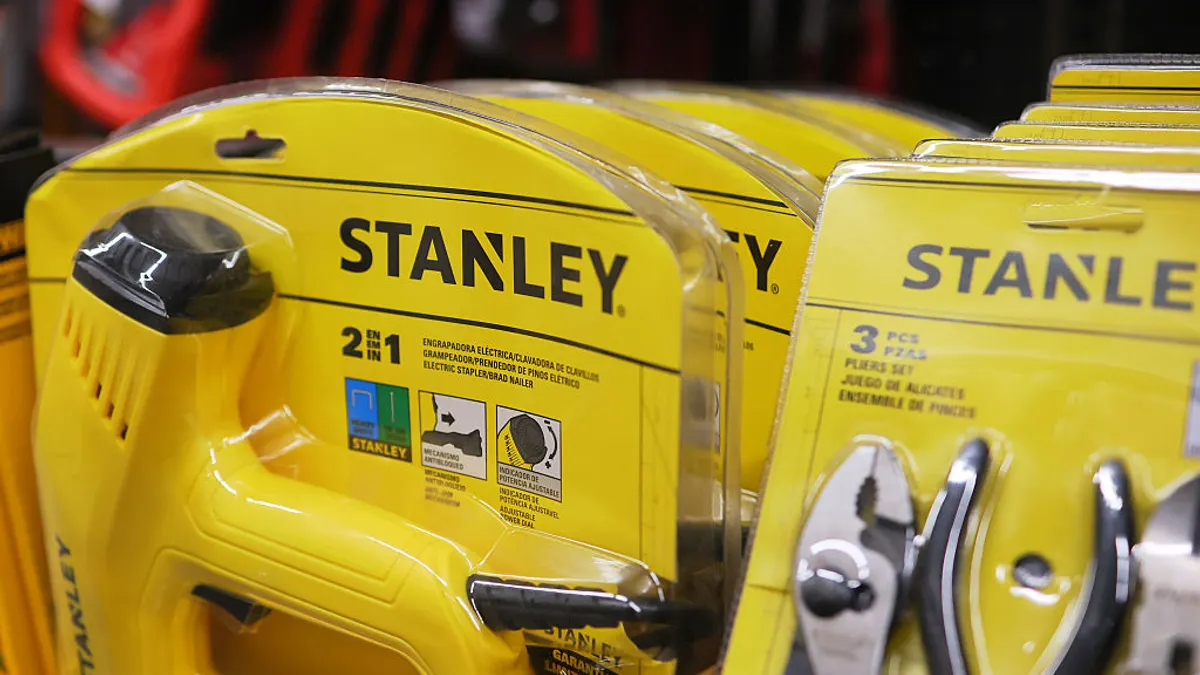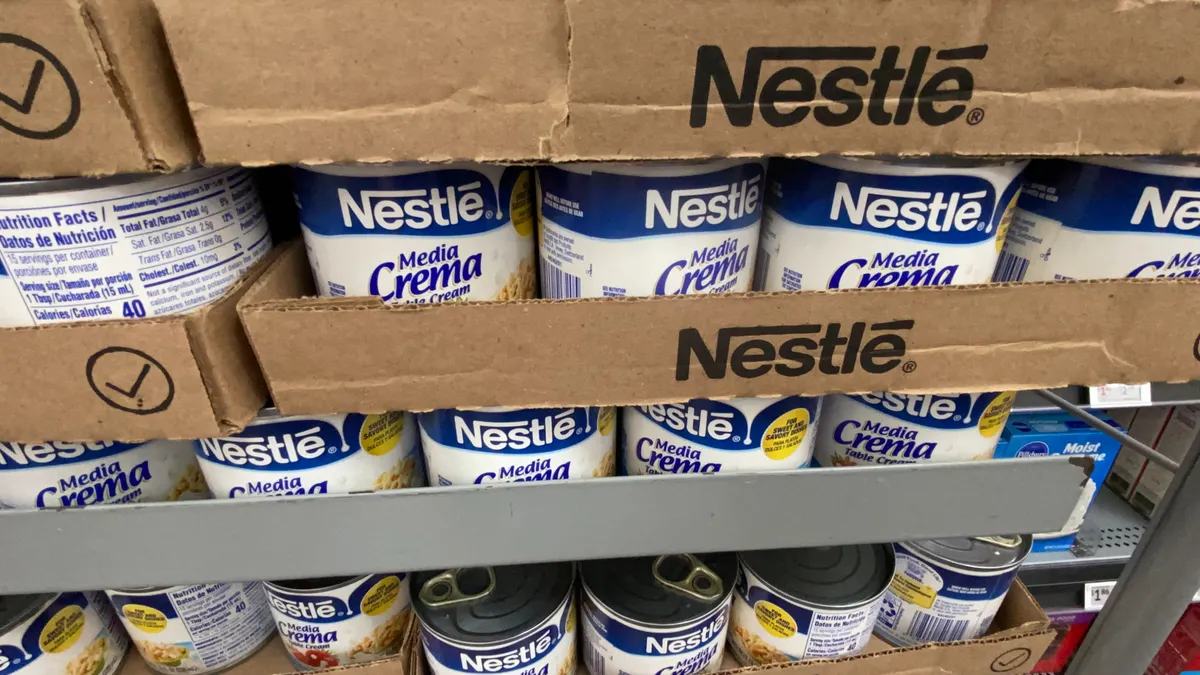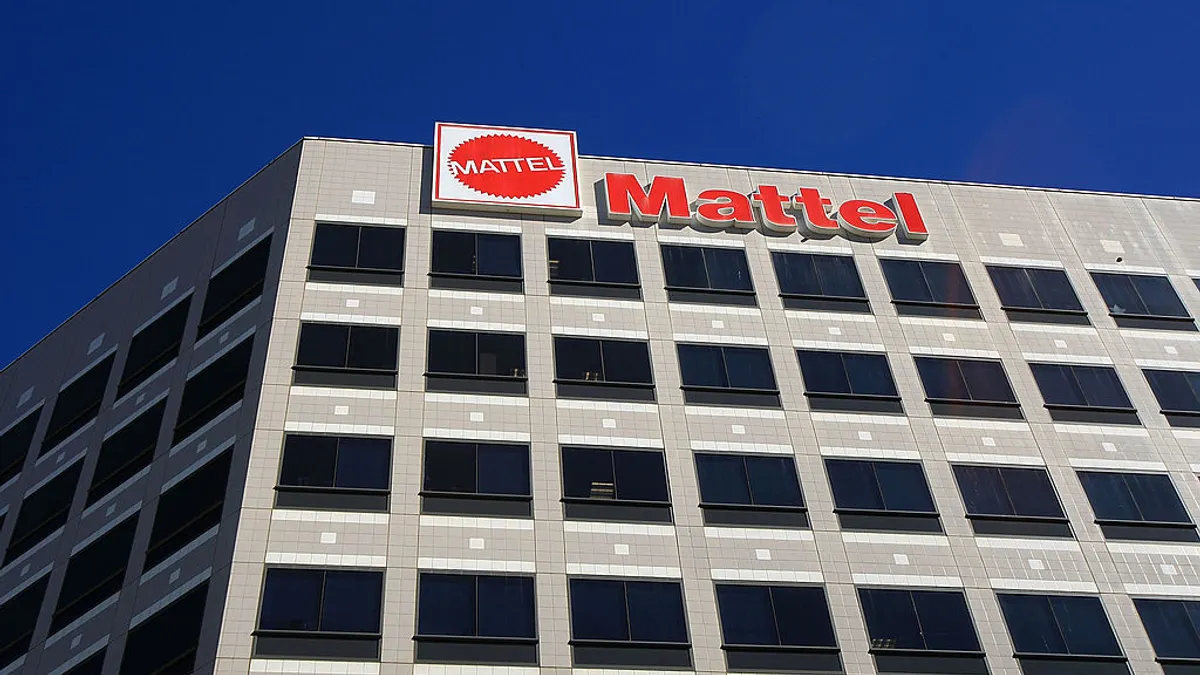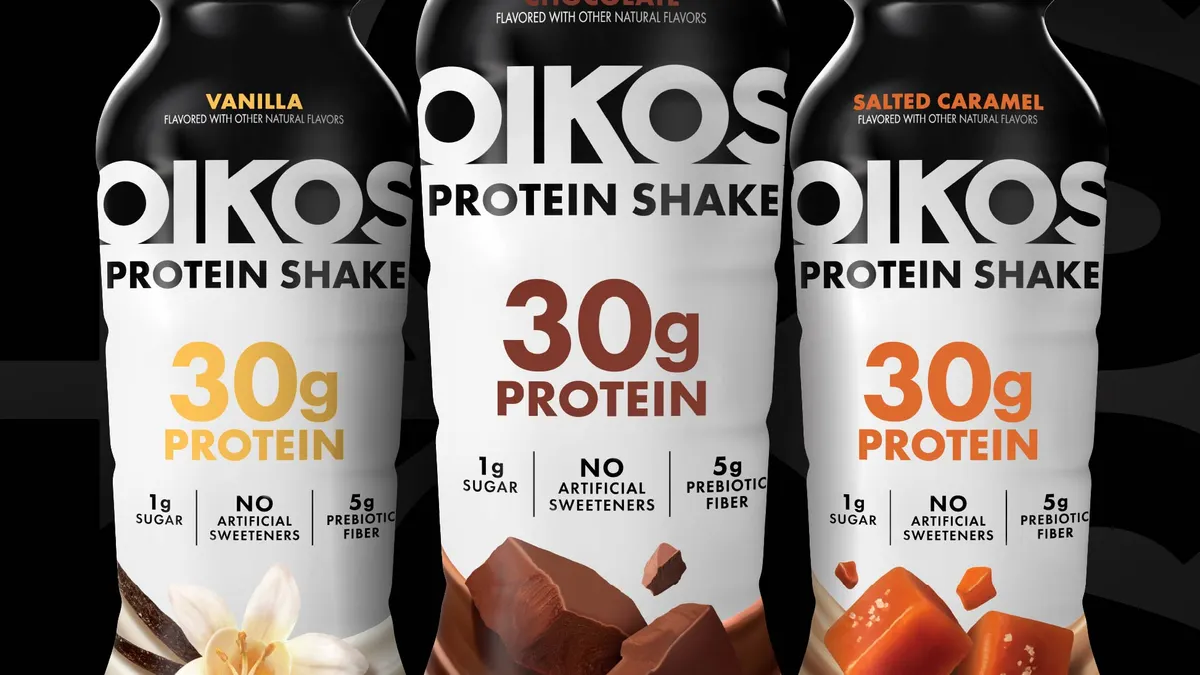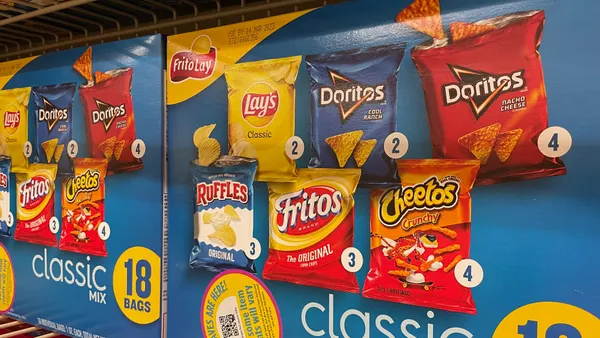GE Appliances is betting big on reshoring and automation technology to power a more resilient supply chain.
The company, which manufactures household appliances such as refrigerators and washing machines, has been scaling stateside production over the last decade, investing $3.5 billion in its operations throughout the country since 2016, with plans to spend another $3 billion in the next five years.
The investments support the company’s vision — what VP of Supply Chain Bill Good calls a “zero distance mentality” for the supply chain.
“We believe that is [an] advantage to manufacture in the market that you're serving next to our consumers,” Good said in an interview. He added that making products closer to customers allows the company to build a nimble and flexible supply chain that can respond more effectively to shifts in demand while maintaining shorter lead times.
Technology is at the heart of GE Appliances’ “zero distance” approach. Of the $3 billion it plans to spend in the U.S. over the next half-decade, a large portion will go toward installing new automation and capital equipment at its 11 manufacturing facilities and microfactories.
Here are three ways the company is currently using automation and other technologies within its plants, along with the benefits the applications are providing to its operations and supply chain.
1. Improving production efficiency
GE Appliances has fully automated the process by which it builds many of the components for appliances, such as ovens, refrigerators and washers. For example, when constructing a refrigerator, the company employs a highly automated process to shape coiled steel into the outer case and doors of the product.
“All of those processes, for the most part, are automated,” Good said. “Same way with the refrigerator door or whether it is an oven door or whatever. All of the cavities for your ovens, that's all automated.”
The company also uses robots within its production processes, including for tasks such as welding, gluing adhesives and inserting screws.
By leveraging automation technology, the company can now produce many products in less than two labor hours, which is a reduction of at least 50% compared to output 25 years ago, according to Good.
2. Boosting end-to-end visibility
Over the last 10 years, GE Appliances has established a “digital thread” throughout its manufacturing systems, according to Good.
As the leader of the company’s supply chain, Good has access to complete visibility of every piece of equipment within a given plant and the ability to configure data to communicate to the right people on the floor to solve problems. Along with equipment issues, within these “digital factories,” Good can also automatically receive alerts to inventory or component shortages.
By building a system with a real-time data stream, the company has been able to reduce downtime to less than 5% in most of its facilities, according to Good. Previously, that mark hovered between 15% and 20%.
GE Appliances has further expanded its digital visibility capabilities by extending track-and-trace technology to its customer orders, as well as its procurement systems.
“You name the country where we get a component, whether it's China, Italy or wherever, we have complete visibility to those components [in] real time and shipment and can plan accordingly,” Good said.
3. Speeding up material movement
In pursuit of more efficient operations, GE Appliances is also reducing logistical roadblocks, both within and between its facilities.
“In the old days, everything got moved by these forklifts and things like that, and you came in very large bulk quantities,” Good said. “You put this huge band with hundreds of parts in the bin, and you had the operator bending over in the bin. And every movement of an operator makes them more inefficient.”
To accelerate the movement of goods, the company has automated many of its processes, including using autonomous vehicles to transport components within its plants. Additionally, the company is piloting an automated box truck that can deliver products from a manufacturing facility to a warehouse without human intervention, Good said.



